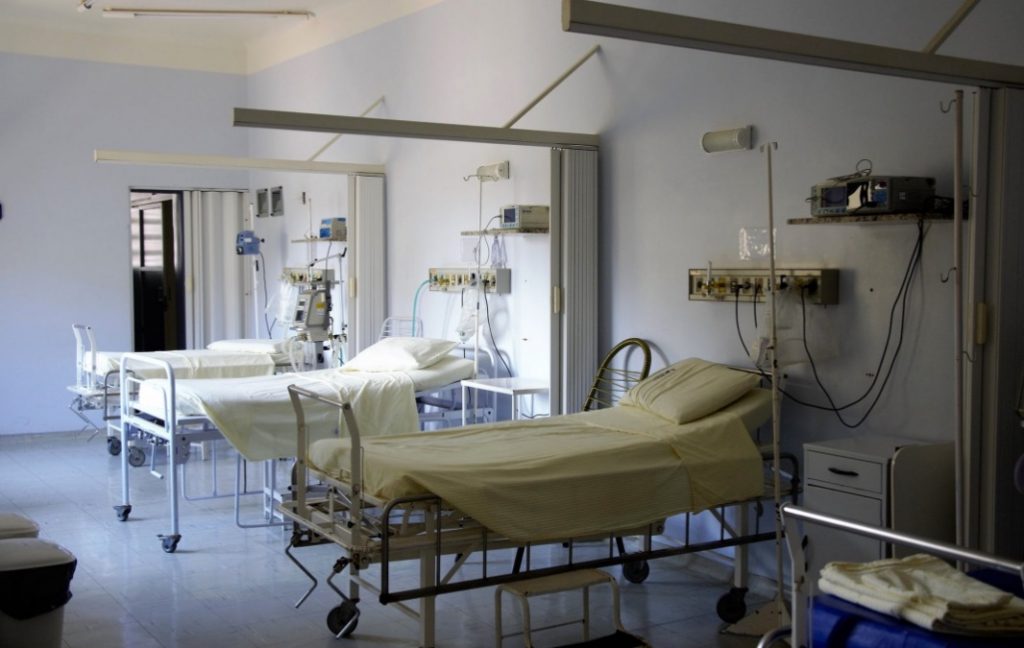There are several factors pressuring margins at hospitals that are poised to accelerate the pace in hospital closures.
This comes at a time, keeping with or Aging of the Population investing themeand Boomer Economy Index, that population dynamics are expected to drive a spending shift that favors the demand for healthcare. As we like to say, pain points usually give way to solutions and we are seeing that in telemedicine, which is and will continue to benefit from our Disruptive Innovators, Digital Infrastructure and Digital Lifestyleinvesting themes.As the confluence of more robust 5G mobile connectivity, the internet of things, sensors, and augmented as well as virtual reality come into play we could see the need to visit the doctor be replaced by a virtual one.Related: Could iPhone Replace Passports to Be Proof of Identity?While it would take some getting used to and would likely mean some extra legwork on the part of the patient, who wouldn’t love not having to sit in the waiting room for that extra 20-30 minutes (if not longer) per visit provided the quality of care wasn’t compromised?"Industry M&A may be no savior as the pace of hospital closures, particularly in hard-to-reach rural areas, seems poised to accelerate.Hospitals have been closing at a rate of about 30 a year, according to the American Hospital Association, and patients living far from major cities may be left with even fewer hospital choices as insurers push them toward online providers like Teladoc Inc. and clinics such as CVS Health Corp’s MinuteClinic.Morgan Stanley analysts led by Vikram Malhotra looked at data from roughly 6,000 U.S. private and public hospitals and concluded eight percent are at risk of closing; another 10 percent are considered “weak.” The firm defined weak hospitals based on criteria for margins for earnings before interest and other items, occupancy and revenue. The “at risk” group was defined by capital expenditures and efficiency. among others.The next year to 18 months should see an increase in shut downs, Malhotra said in a phone interview.There are already a lot of hospitals with high negative margins, consultancy Veda Partners health care policy analyst Spencer Perlman said, and that’s going to become unsustainable. Rural hospitals with a smaller footprint may have less room to negotiate rates with managed care companies and are often hobbled by more older and poorer patients.
Also wearing away at margins are technological improvementsthat allow patients to get more surgeries and imaging done outside of the hospital."Source: Hospitals shut at 30-a-year pace in U.S., with no end in sight
